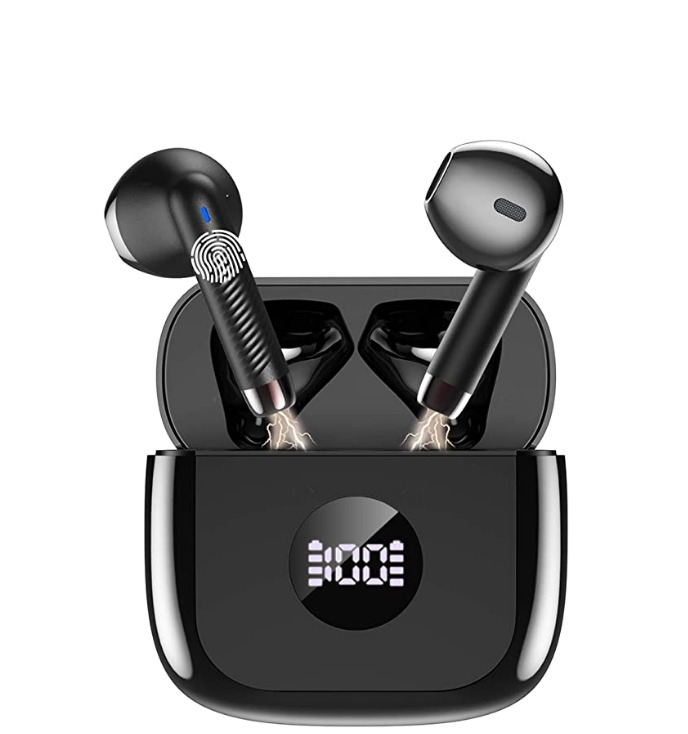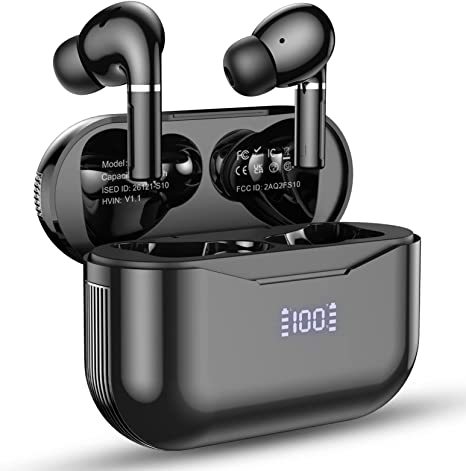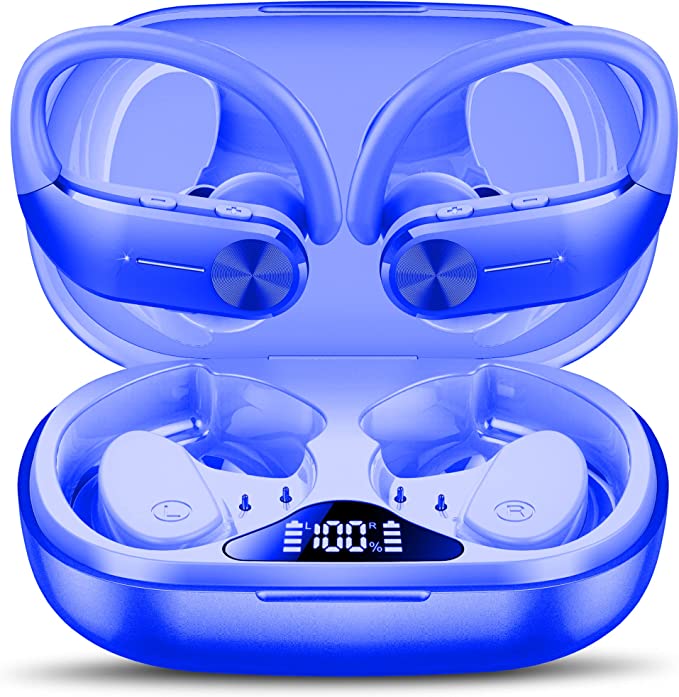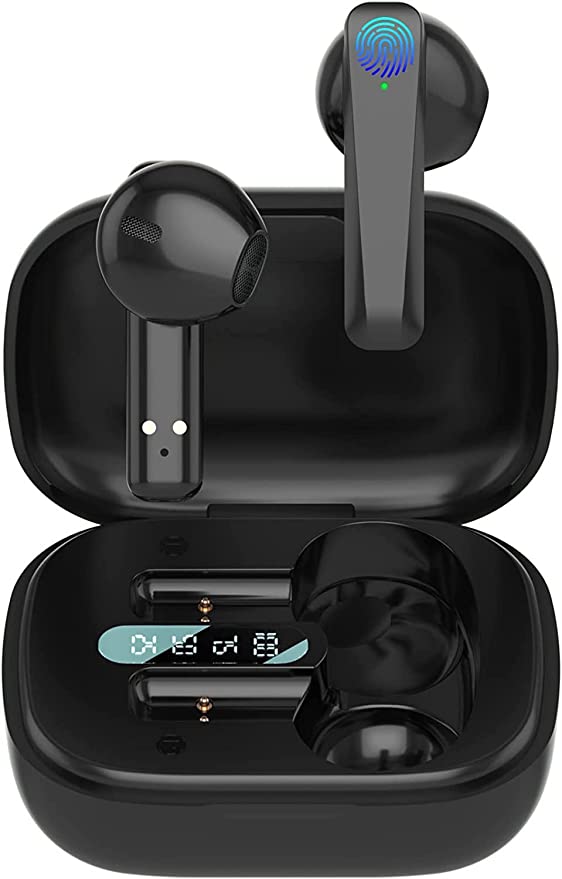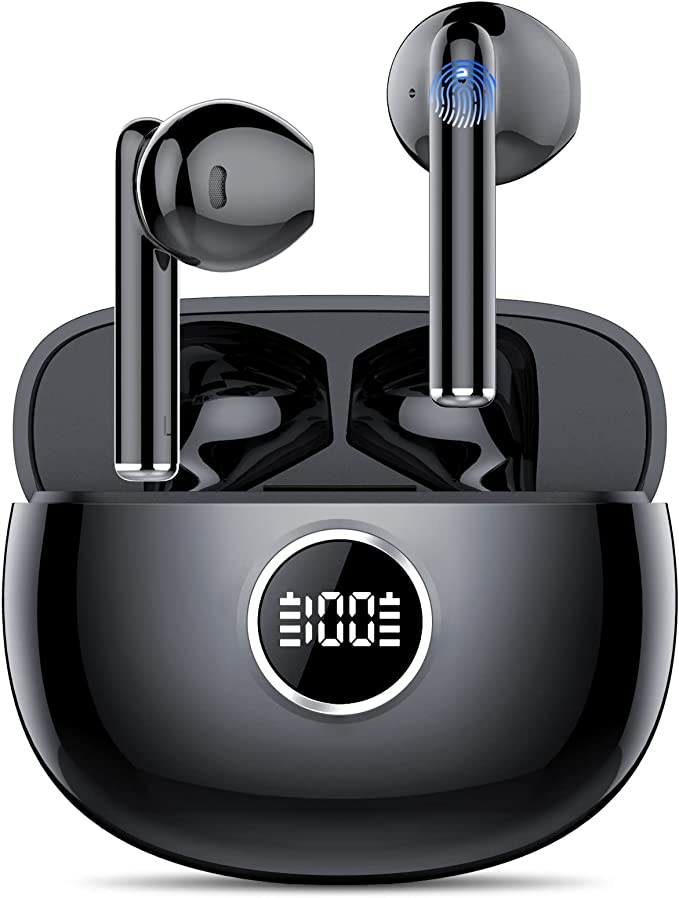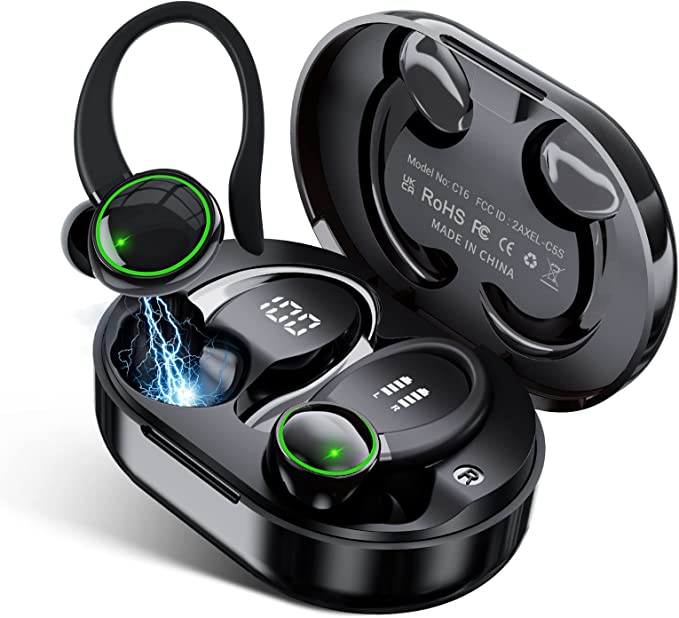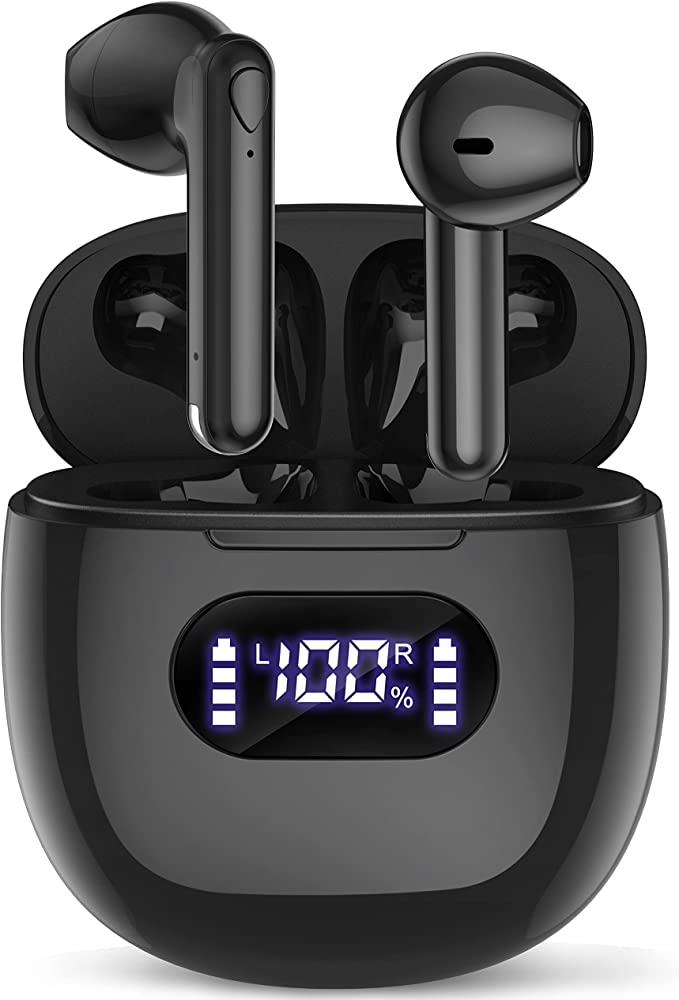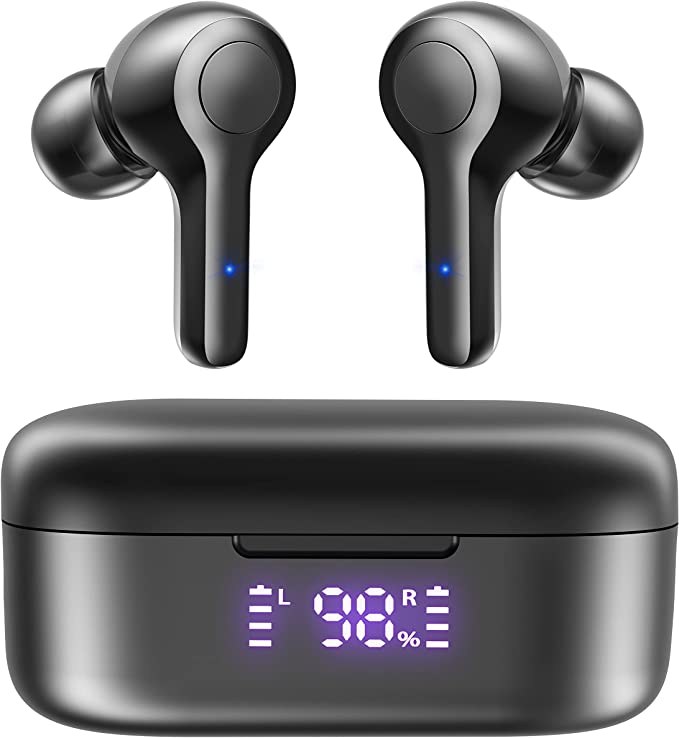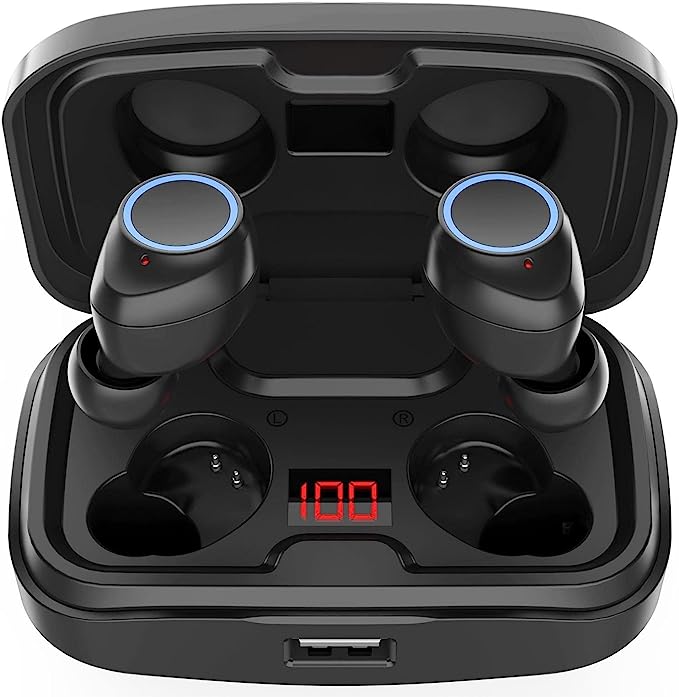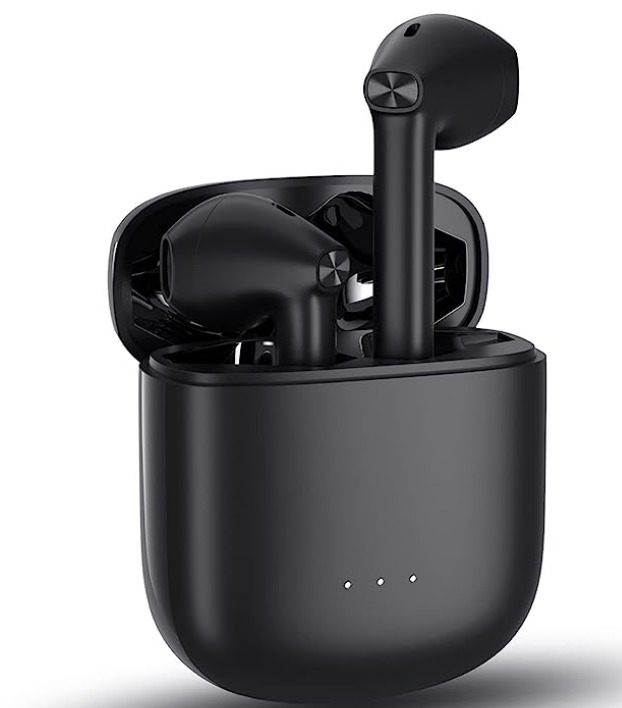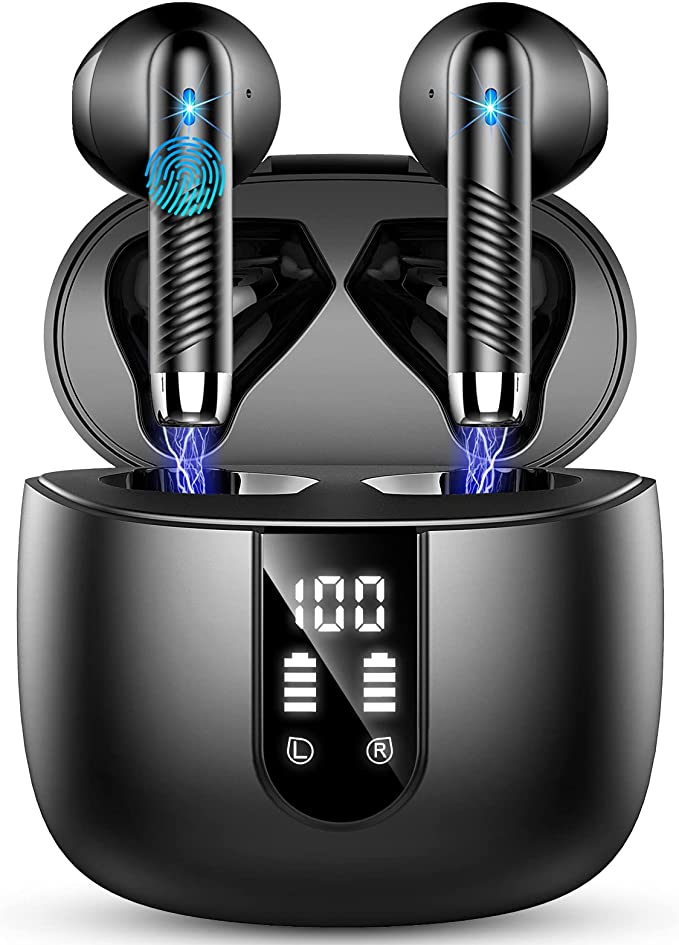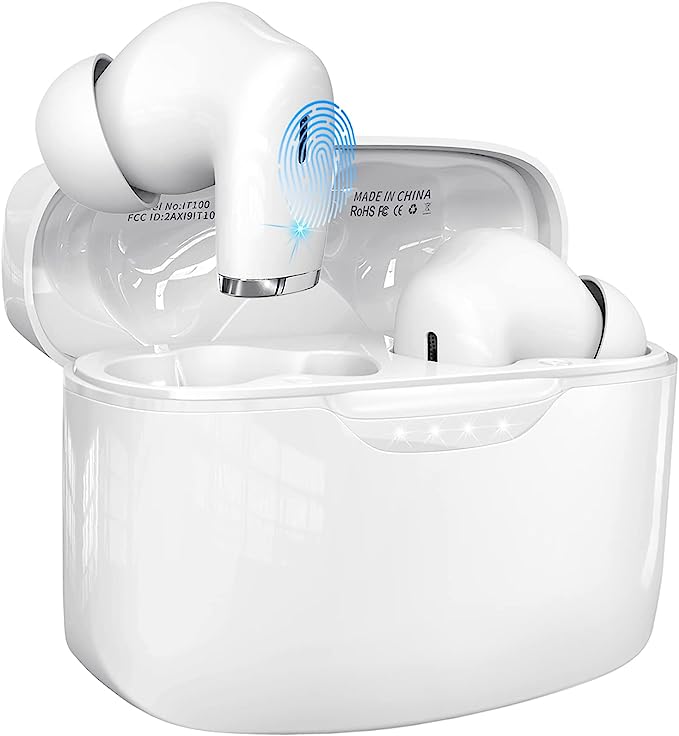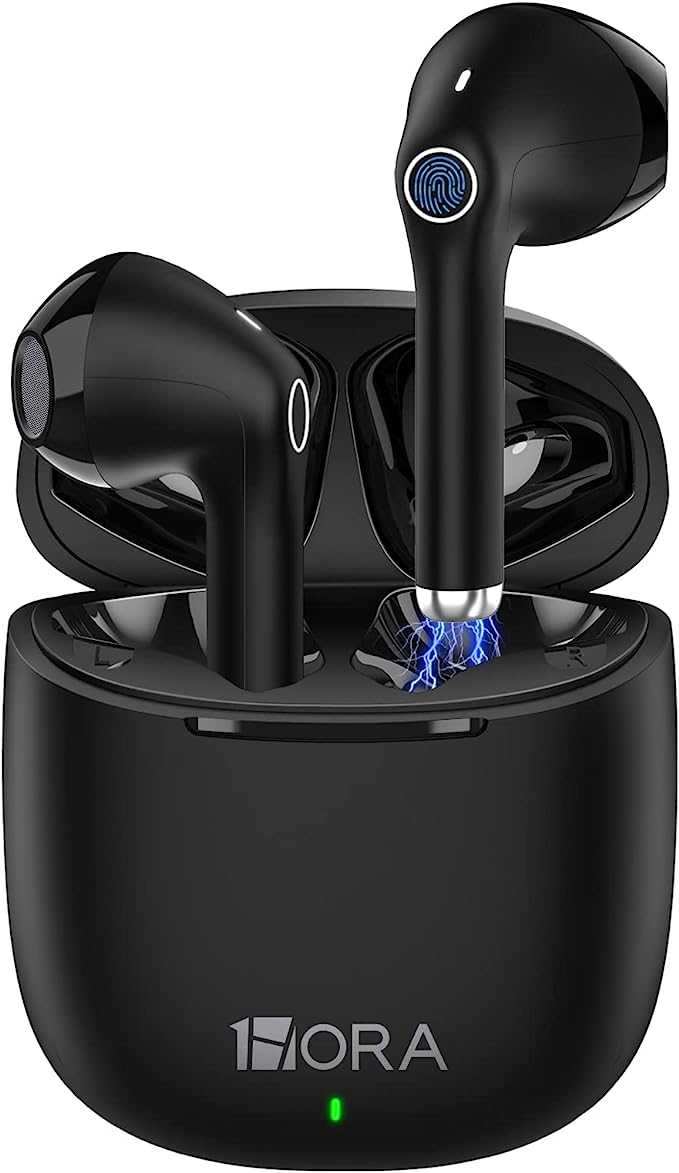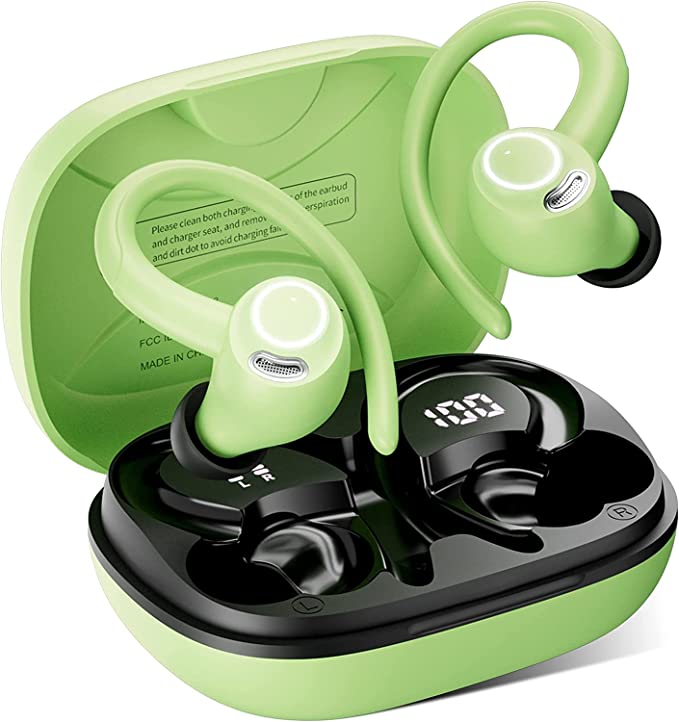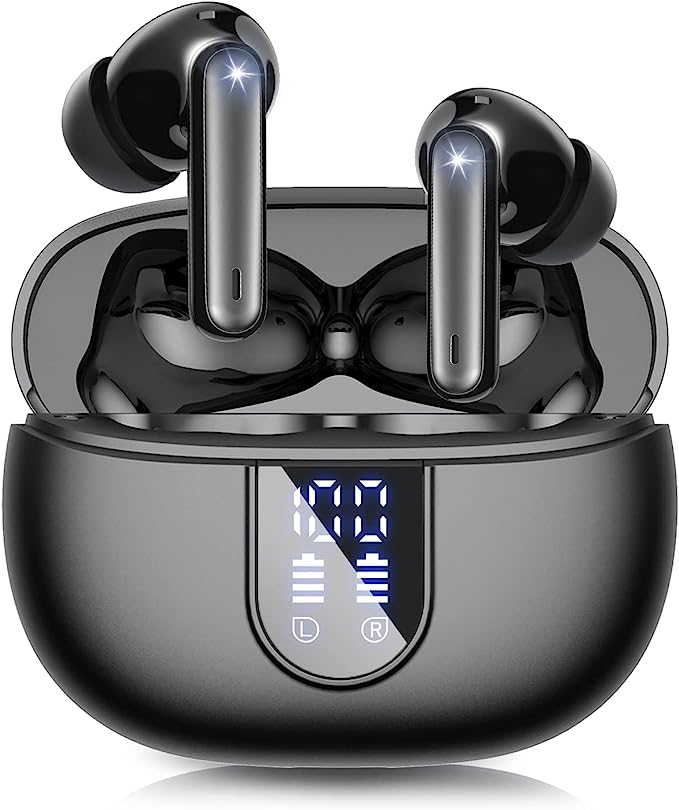occiam T9 Wireless Earbuds: Unleash 96 Hours of Powerful Sound with Ultimate Comfort
Update on June 6, 2025, 4:36 p.m.
There’s an unspoken pact we make with the small, silent gadgets we carry. We demand a lot from them. We ask them to fill our commutes with stories, to power our workouts with rhythm, to connect us to voices across the globe. In return, we offer them a life of constant motion, of being tossed in bags, of exposure to sweat, rain, and the chaotic, invisible storm of wireless signals that surrounds us. Our pact is simple: they should just work.
But when the rhythm track powering your run sputters and dies in a sudden downpour, that pact is broken. The frustration isn’t just about the silence; it’s about the failure of a tool we’ve come to rely on implicitly. It’s in these moments we realize that “just working” isn’t a given. It’s an achievement. It is the result of a thousand quiet, deliberate engineering decisions.
To understand this, let’s peel back the unassuming plastic shell of a product like the occiam T9 Wireless Earbuds. We’re not here to review it, but to use it as a map—a guide to the hidden architecture of reliability and the elegant art of making advanced technology accessible. What does it really take to build a device that can honor our unspoken pact?

The Reservoir and the Sip: A Quiet War on Battery Anxiety
The headline feature of a device like this is often a number: a claimed 96 hours of playback. It’s an impressive figure, but the number itself is less interesting than the philosophy it represents: freedom from battery anxiety. This freedom isn’t achieved by a single breakthrough, but by a clever synergy of energy storage and conservation—a dynamic I like to think of as the reservoir and the sip.
The “reservoir,” naturally, is the charging case. Inside its shell lies a trio of lithium-polymer batteries, a modern marvel of energy density. Unlike the rigid, cylindrical cells of old, these flat, layered batteries can be molded to fit into compact spaces, turning the case into a personal power bank. Each time you dock the earbuds, you’re not just storing them; you’re transferring energy, refilling their tiny internal tanks for another 8-hour session. For the user, this transforms the charging experience from a daily chore into a weekly, or even bi-weekly, afterthought. It’s the difference between planning your day around an outlet and simply living your life.
But a large reservoir is useless if the tap is always wide open. This is where the “sip” comes in, courtesy of Bluetooth 5.3. While we often associate newer Bluetooth versions with speed, one of their most significant advancements is energy efficiency. The protocol is a master of conservation. It establishes and maintains connections using a fraction of the power required by its predecessors, allowing the earbuds to sip, rather than gulp, energy from their small batteries. This delicate dance between the case’s ample supply and the earbuds’ frugal consumption is the true engine behind that 96-hour claim. It’s a system designed not just for endurance, but for peace of mind.

Taming the Aether: The Quest for an Unbroken Connection
Step outside and you’re wading through an invisible ocean of signals—Wi-Fi, cellular data, radio, and countless other Bluetooth devices all vying for a slice of the radio frequency spectrum. It’s a chaotic environment, and for wireless earbuds, it’s a constant battle to maintain a clear, unbroken connection to your phone.
Here again, Bluetooth 5.3 acts as a masterful air traffic controller. It’s designed with enhanced algorithms that are far more adept at navigating this congested airspace. It can detect interference on a particular channel and hop to a cleaner one in microseconds, a process entirely imperceptible to the listener. The result is a dramatically more stable connection that’s less prone to the stutters and dropouts that plague older technology.
This is why a user might report, as one did for the T9, being able to walk some 270 feet from their phone before the signal even began to crackle. While hardly a scientific measurement, it’s a powerful real-world testament to the robustness of the connection. It’s the technology honoring its pact, ensuring the story or song continues, uninterrupted, whether you’re across the room or at the far end of the yard.

A Fortress for Your Soundtrack: The Philosophy of Resilience
Good engineering doesn’t just plan for ideal conditions; it anticipates failure. It knows that life is messy. You’ll get caught in the rain. You’ll sweat during a workout. The device will be dropped. A product’s true quality is often revealed in these moments of adversity.
The T9’s first line of defense is its IP7 waterproof rating. These codes, established by the International Electrotechnical Commission (IEC), are not marketing fluff; they are rigorous, verifiable standards. The ‘7’ signifies that the earbuds are protected against the effects of temporary immersion in water, specifically surviving for 30 minutes submerged in up to one meter of water. This is achieved through precision-molded seals, water-resistant acoustic mesh, and nano-coatings on the internal circuitry. It’s a microscopic fortress built to defend your soundtrack from the inevitable intrusion of the elements.
The second layer of resilience is more visible: the flexible, secure-fit ear hooks. This is a wonderfully low-tech solution to a complex biomechanical problem. As you run and jump, your body generates forces that constantly try to dislodge small objects from your ears. The ear hook, by gently conforming to the curve of the pinna, creates a stable, mechanical anchor. It’s a simple application of physics that provides a level of security that in-ear friction alone often cannot match, ensuring the earbuds stay put, no matter how intense the activity.

The Wisdom of the Click: A Return to Tactile Certainty
In a world obsessed with seamless, touch-sensitive surfaces, the inclusion of physical buttons on the T9 feels almost like a statement. It’s a step away from the minimalist aesthetic and a step toward something arguably more important: certainty.
This is a deliberate choice rooted in the science of human factors. Touch controls, for all their elegance, increase our “cognitive load.” They require visual accuracy and provide ambiguous feedback. Did I tap correctly? Did my sweaty finger register the touch? During a workout, when your focus is elsewhere, this ambiguity can be infuriating.
A physical button, however, offers the simple, profound wisdom of the click. It provides unambiguous tactile and often audible feedback. Your brain registers the action as complete, freeing up mental resources. It’s a design choice that prioritizes function over form, acknowledging that in the real world, the most important interface is the one that works reliably, every single time, without a second thought.

The Elegance of the Achievable
As we piece these elements together—the intelligent power system, the robust connection, the layered resilience, the practical controls—a clear picture emerges. The engineering prowess of a device like the occiam T9 lies not in a single, earth-shattering invention, but in the revolutionary integration of reliable, well-understood technologies.
It represents the art of the possible. It’s a testament to the idea that great design isn’t always about adding more features, but about understanding what is truly essential and executing it with near-perfection within a given set of constraints. It is an exercise in thoughtful compromise, a symphony of engineering decisions that culminates in a product that, for millions of people, simply honors the pact. It just works. And in our chaotic world, that quiet, consistent reliability might just be the most advanced feature of all.
